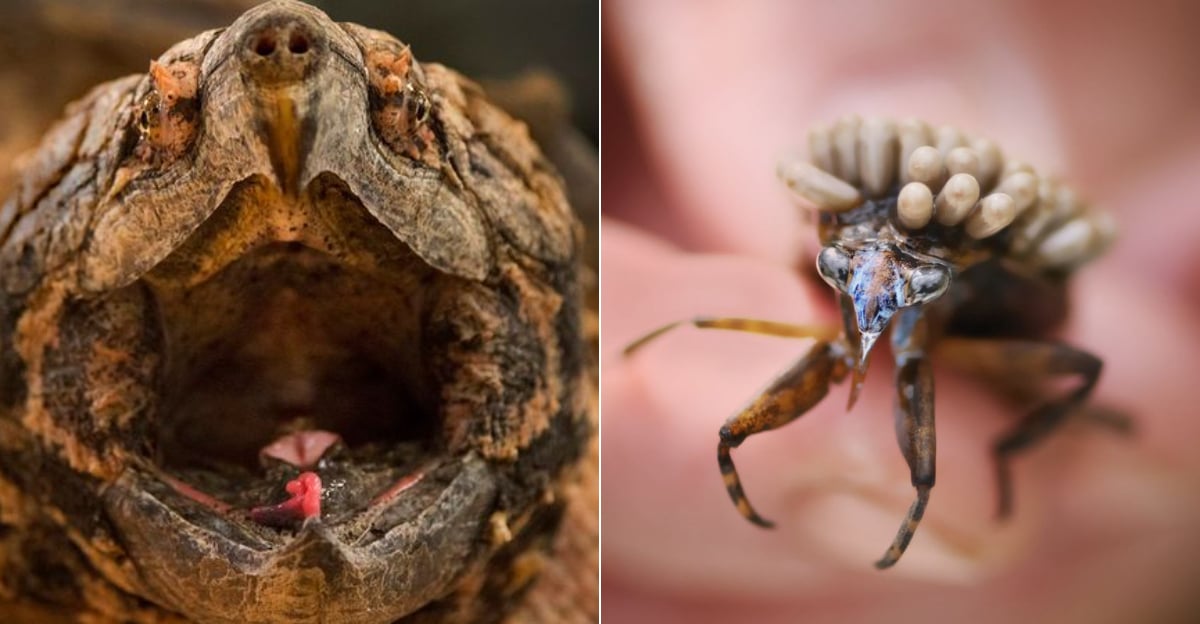Have you ever wondered what mysterious creatures lurk beneath the surface of America’s lakes?
I’ve spent countless summer days exploring these waters, and what I’ve discovered has amazed me.
Beyond the familiar bass and bluegill swim some truly extraordinary animals that most people never get to see.
Let me introduce you to some remarkable lake-dwelling creatures that have been hiding in plain sight all along! The “wow” moment is guaranteed!
1. Stonecat: The Venomous Catfish That Packs A Punch

Fishing at dusk last summer, I encountered a bizarre little catfish with spines that made my hand burn for hours! Stonecats are nocturnal catfish with venomous spines that can deliver a painful sting if handled carelessly.
Unlike their larger catfish cousins, these 4-8 inch fish prefer hiding under rocks in clear, flowing sections of lakes and streams. Their mottled brown coloration provides perfect camouflage against rocky bottoms.
They’re actually beneficial predators, feeding on aquatic insects and small crustaceans.
Despite their defensive weaponry, they’re quite vulnerable to pollution and habitat destruction.
2. Mysis Shrimp: Tiny Translucent Lake Ghosts
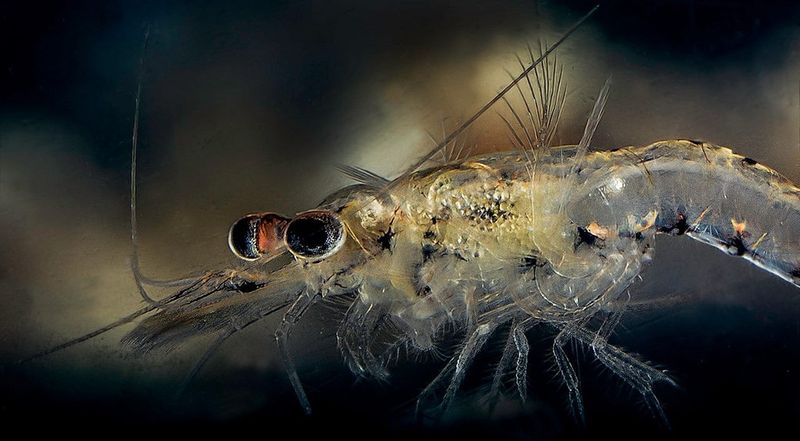
Mysis shrimp are tiny crustaceans with translucent bodies that make them appear almost invisible in lake water.
These half-inch creatures perform daily vertical migrations, rising from deep waters at night to feed near the surface, then descending again at dawn.
Originally native to deep, cold northern lakes, they’ve been introduced to other water bodies as fish food. In some lakes, they’ve become so numerous that they actually compete with fish for zooplankton!
3. Chestnut Lamprey: The Ancient Vampire Fish
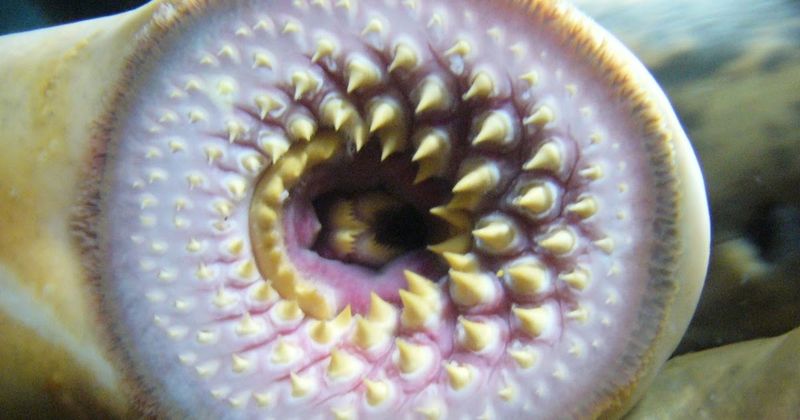
What on earth is THAT?
Chestnut lampreys belong to a lineage older than dinosaurs, essentially unchanged for 360 million years!
These eel-like parasites use their circular, tooth-lined mouths to attach to fish and feed on their blood and tissues. Adults range from 8-15 inches long with no jaws, scales, or paired fins – just a notochord instead of a true backbone.
Their larvae, called ammocoetes, live buried in muddy lake bottoms for 3-7 years before transforming into adults. After their parasitic phase, they spawn and die, completing their bizarre life cycle.
4. Pirate Perch: The Fish With A Backwards Anatomy
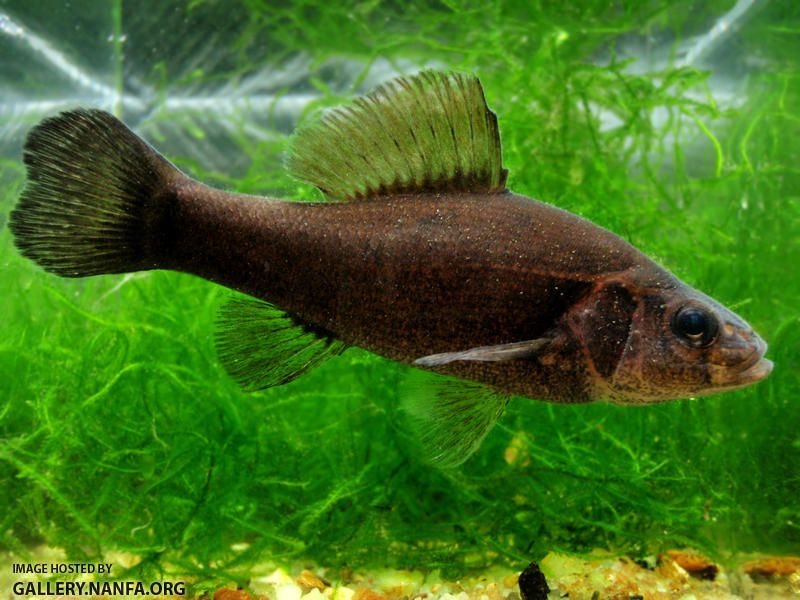
Pirate perch might look ordinary at first glance, but they’re anatomical rebels with their vent (combined reproductive and digestive opening) located on their throat instead of near the tail!
Scientists still debate why this unusual adaptation evolved.
These 4-inch ambush predators hide among vegetation in slow-moving waters with lots of debris and fallen logs.
Their name comes from their habit of “pirating” bait from fishing hooks without getting caught. They’re also masters of camouflage.
5. Spiny Water Flea: The Microscopic Lake Invader
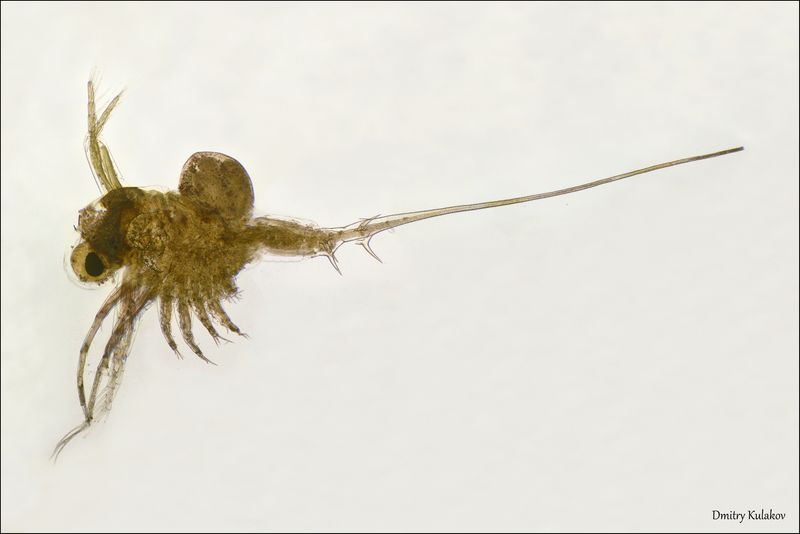
These fleas are actually microscopic crustaceans that have invaded many U.S. lakes since the 1980s, arriving in ship ballast water from Europe.
Despite their tiny size (about 1/4 to 5/8 inch), they cause massive problems. Their long, barbed tail spine makes them difficult for small fish to eat, allowing their populations to explode unchecked.
These voracious predators consume native zooplankton, disrupting the food web from the bottom up.
They also collect on fishing lines and gear in gelatinous globs.
6. Quagga Mussel: The Thumbnail-Sized Ecosystem Destroyer
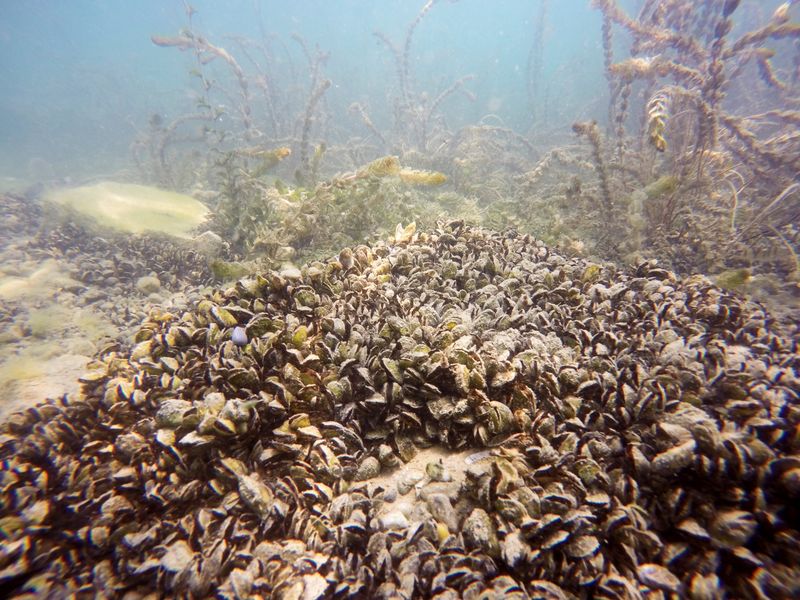
Quagga mussels might be small (about the size of your thumbnail), but they’re among the most destructive invasive species in American lakes.
These prolific filter-feeders can reach densities of over 10,000 per square meter. Each mussel filters about a liter of water daily, dramatically increasing water clarity but removing vital phytoplankton that supports native food webs.
Unlike their zebra mussel cousins, quaggas can colonize both hard and soft surfaces in deep, cold waters. Their sharp shells litter beaches, damage boats, and clog water intake pipes.
7. Chinese Mystery Snail: The Self-Cloning Giant
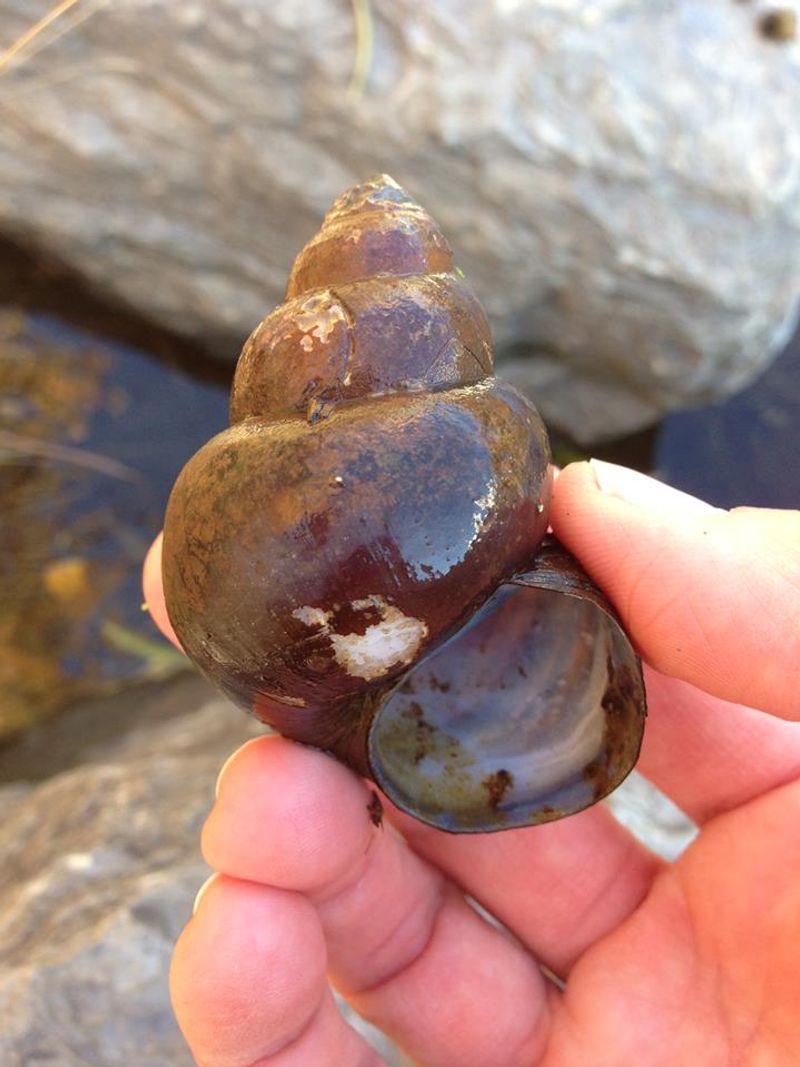
These hefty mollusks (up to 2.5 inches tall) were originally imported for Asian food markets and aquarium trade. They’ve since escaped to colonize countless lakes across America.
Each female can produce 100+ offspring annually without mating, leading to rapid population growth.
While they don’t cause as much damage as some invasives, they can reach incredible densities, competing with native snails and potentially altering nutrient cycles in lake ecosystems.
8. Bryozoans: The Living Lake Boogers
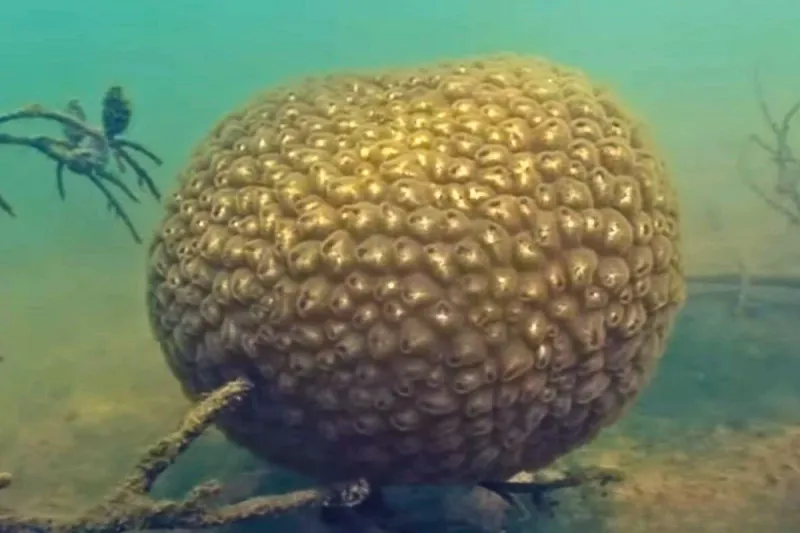
Bryozoans might look like disgusting globs of snot, but they’re actually fascinating colonial animals made up of thousands of tiny individuals working together! Fascinating!
The individual zooids (about 1mm each) extend tentacles to filter-feed on microscopic organisms, pulling back instantly when disturbed.
Despite their alien appearance, bryozoans are harmless and actually beneficial, helping clean lake water by filtering out particles.
These living fossils have existed for over 500 million years and thrive in clean, calm waters with plenty of submerged wood.
9. Manatee: Gentle Giants Of Southern Lakes

Few people realize these marine mammals occasionally venture into freshwater lakes connected to river systems throughout Florida.
These 1,000-pound vegetarians can consume 10-15% of their body weight daily in aquatic plants. Their wrinkled gray bodies and paddle-shaped tails make them look prehistoric. At the same time, their whiskered snouts and gentle nature have earned them the nickname “sea cows.”
Cold-sensitive and slow-moving, manatees seek warm lake waters during winter months. Sadly, boat strikes remain their greatest threat.
10. Alligator Snapping Turtle: The Dinosaur With A Fishing Lure
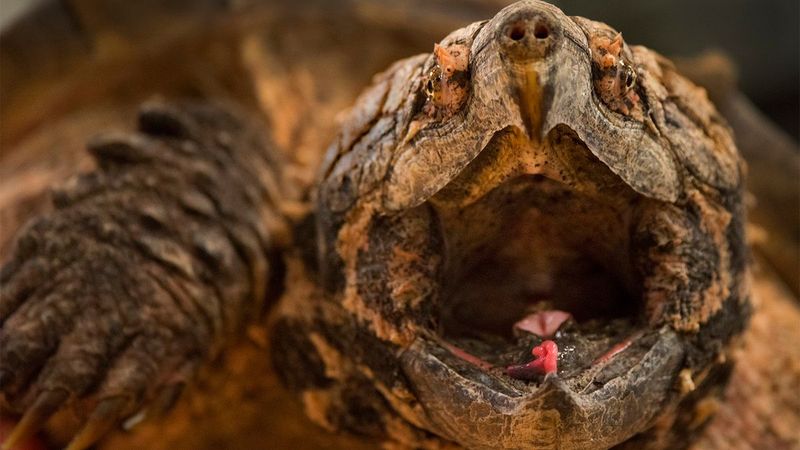
It looks like a moss-covered boulder… until it blinks!
Alligator snapping turtles are living fossils that have remained virtually unchanged for 20 million years.
These prehistoric-looking reptiles can weigh over 200 pounds with shells up to 30 inches long. How about that?
Their most fascinating feature is a small, pink, worm-like appendage on their tongue that they wiggle to lure fish directly into their powerful jaws!
Unlike common snapping turtles, these giants rarely leave the water except when females lay eggs. They can live 100+ years and have been known to bite with enough force to remove fingers. Scary!
11. Giant Water Bug: The Toe-Biter With Fatal Injection
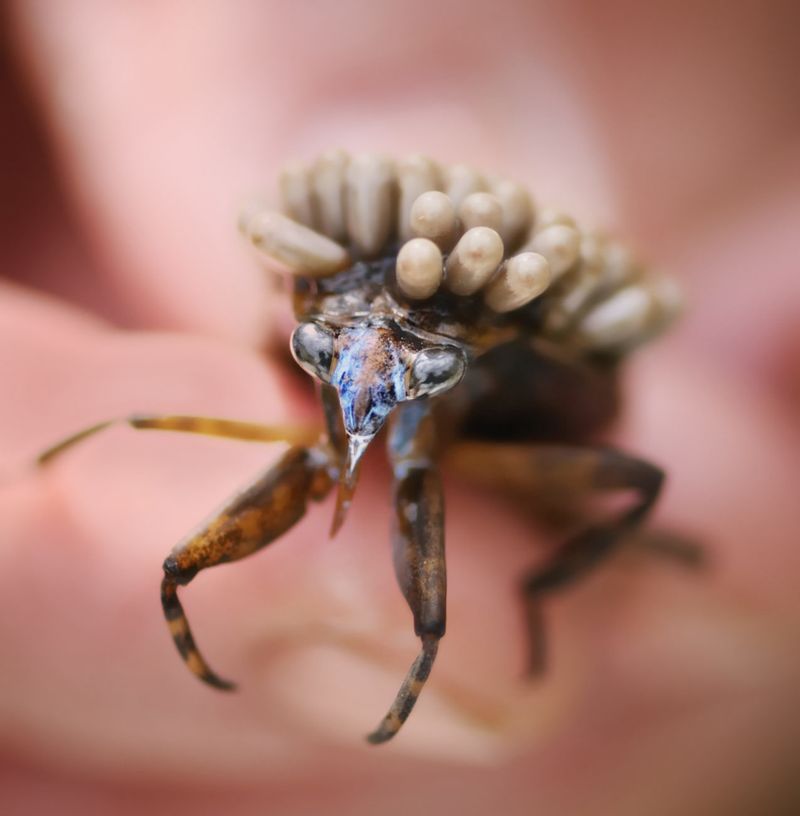
Often mistaken for cockroaches or beetles, these ambush predators inject digestive enzymes that liquify their victim’s insides before sucking them out. This earned them the nickname “toe-biters” from unfortunate swimmers.
They can capture prey many times their size, including small fish, amphibians, and even baby turtles!
Males carry fertilized eggs on their backs until they hatch.
Despite their intimidating nature, they’re actually important indicators of healthy lake ecosystems and help control mosquito populations.
12. Hellgrammite: The Nightmare Fuel Larvae
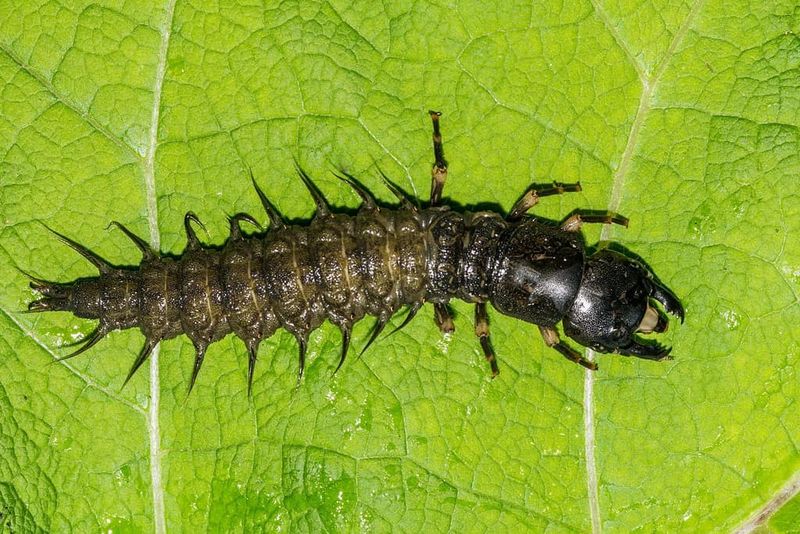
These fierce-looking invertebrates grow up to 3 inches long and spend 2-3 years underwater before transforming into equally intimidating adult flies.
Despite their terrifying appearance, they’re actually beneficial predators that help control aquatic insect populations.
Anglers prize them as fishing bait for their irresistible wiggle and toughness on a hook. Their presence indicates clean, oxygen-rich water, as they’re among the first creatures to disappear when pollution levels rise.
13. Mudpuppy: The Salamander That Never Grows Up
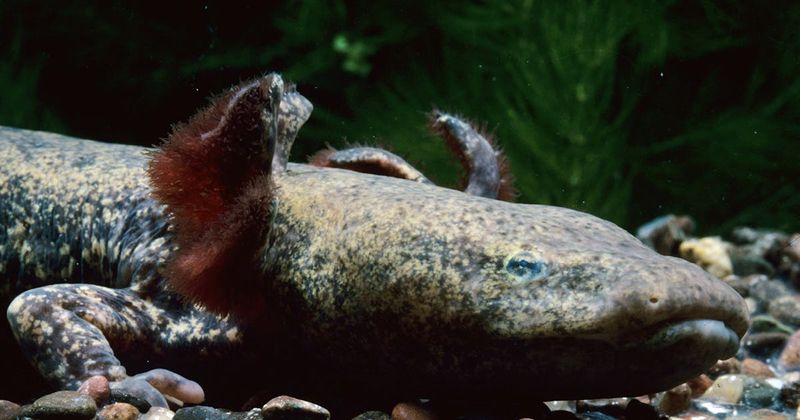
One time, my nighttime UV light revealed a strange, purple-glowing creature crawling along the lake bottom!
These nocturnal amphibians sport bushy, red gill tufts behind their heads that resemble feathery plumes. Growing up to 16 inches long, they have wide heads, stubby legs, and flattened tails perfect for navigating lake bottoms.
Mudpuppies are actually completely harmless and benefit lakes by consuming dead fish and invertebrates. Their unusual squeaking sound when removed from water earned them their puppy-inspired name.
14. Lake Sturgeon: Living Fossils From The Dinosaur Era
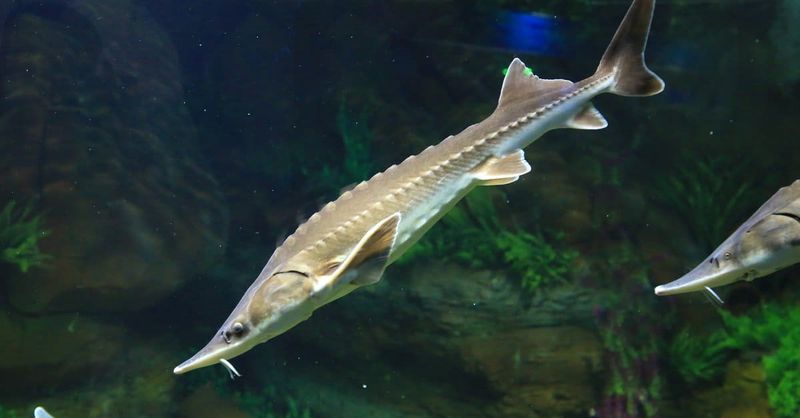
Lake sturgeon remained virtually unchanged for over 150 million years.
These armored behemoths can grow over 7 feet long, weigh 200+ pounds, and live up to 150 years. Instead of scales, they sport rows of bony plates called scutes that give them a primitive, armored appearance.
Using sensitive barbels under their snouts, they vacuum up invertebrates from lake bottoms.
Overharvesting for their eggs (caviar) and habitat destruction have made these magnificent fish endangered throughout much of their range.
15. Northern Water Snake: The Non-Venomous Lake Serpent
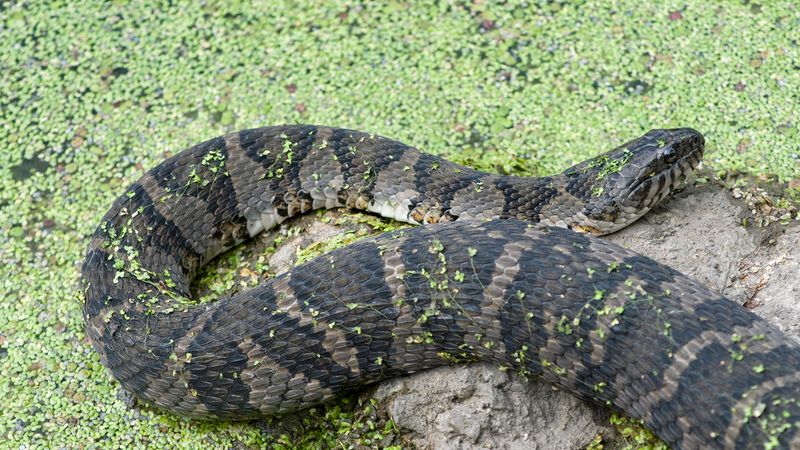
These non-venomous reptiles reach 2-4 feet long with variable coloration – typically brown or gray with dark crossbands that often fade as they age. They’re excellent swimmers, hunting fish and amphibians by searching crevices underwater or ambushing prey from shoreline vegetation.
Though not venomous, they won’t hesitate to bite defensively when cornered.
They give birth to live young (10-30 at a time) rather than laying eggs, and their presence indicates a healthy lake ecosystem with abundant prey.
